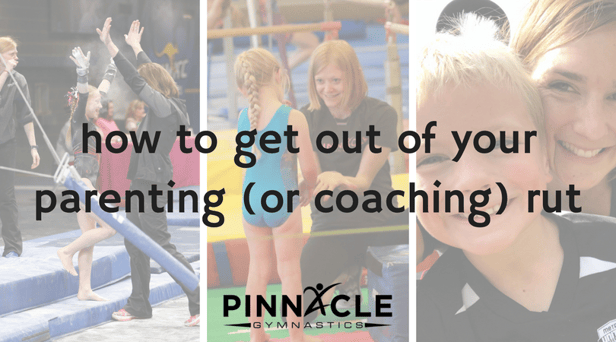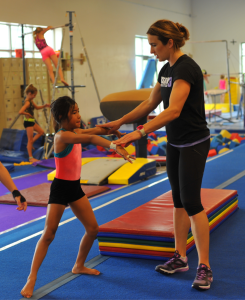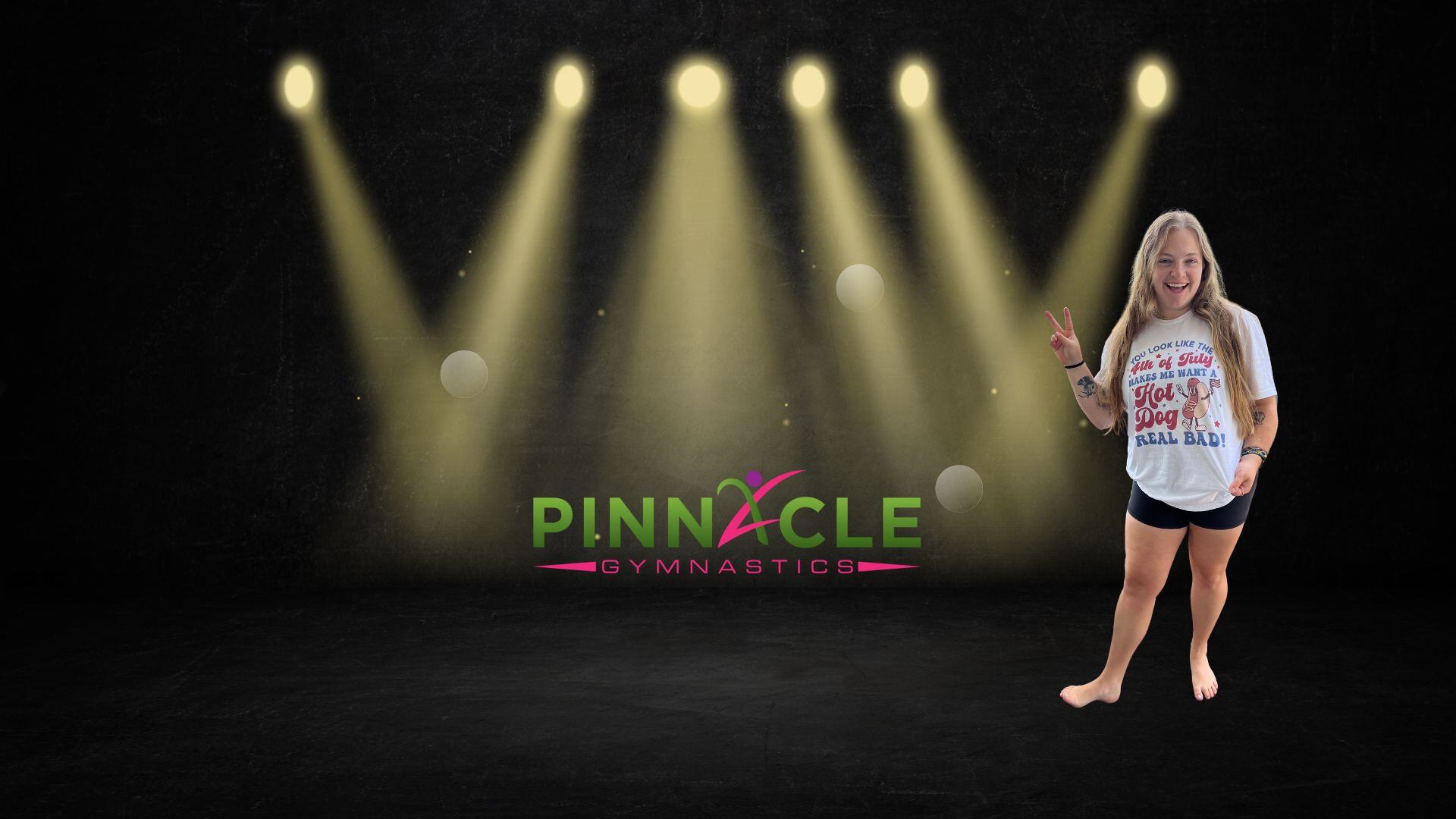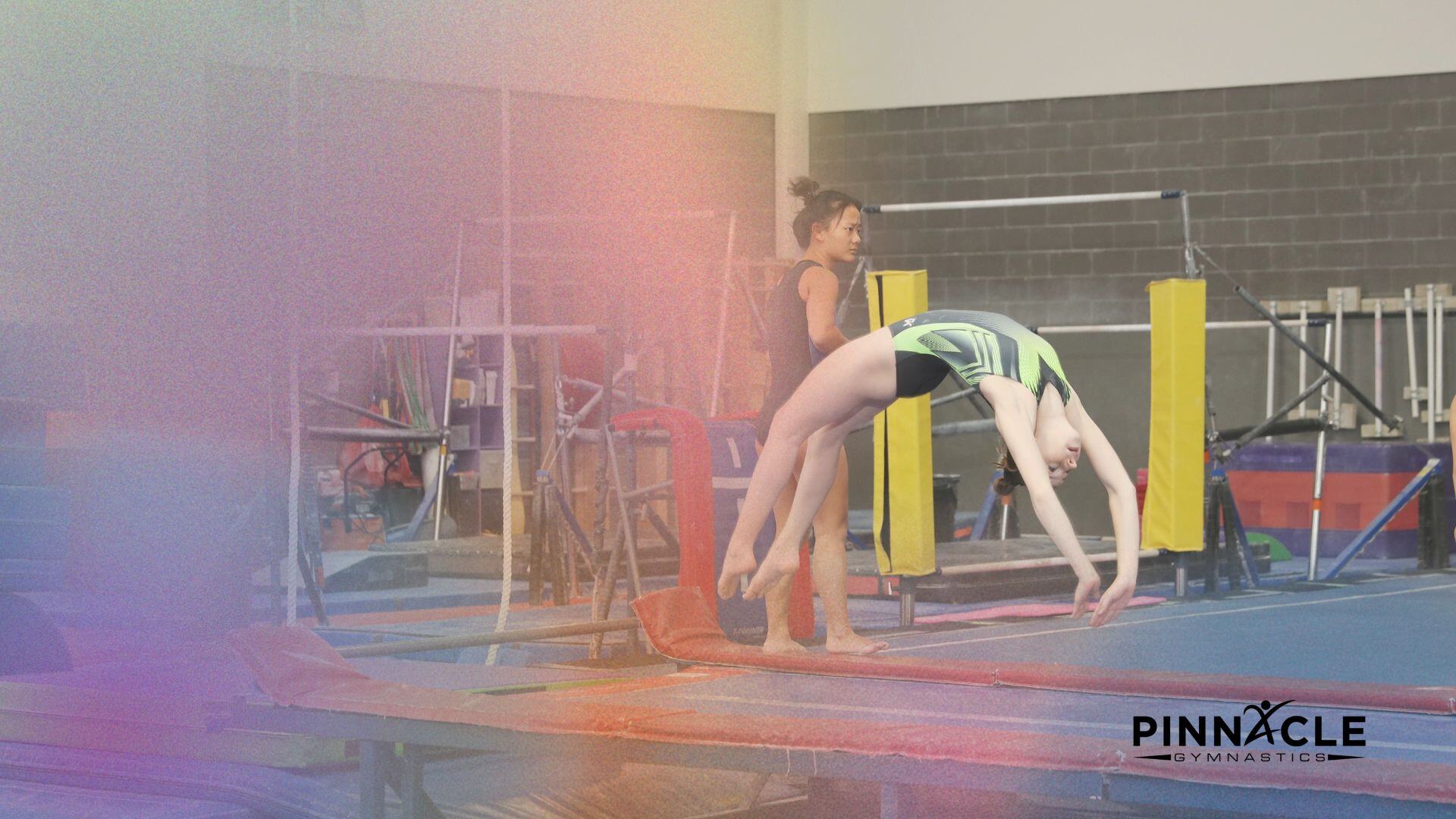Have a behavior problem at home? Want to see different results on the field or in the gym? What methods of coaching, parenting, and discipline have you been using to obtain these results? Positive reinforcement might be the answer.
I am not going to lie to you. Sometimes I find positive reinforcement extremely annoying. Why do I have to provide a point system to get my son to make his bed? Why is losing a privilege so ineffective? He should just do it because I asked him to.
Then, snap back to reality. He is 6. I am his parent, and it is my job to teach him responsibility.
I transfer these same issues into the gym. Why isn't she doing her best? Why did she just CHEAT on her conditioning? Doesn't she want to learn this skill? And again, I realize this is my job. I am her coach. It is my job to teach her drive, dedication, and the desire to work hard because you want something.

Define Positive Reinforcement
Positive reinforcement is the addition of a reward following a desired behavior. It places the focus on the positive behavior, versus attention to the negative behavior. After all, attention is attention, so you need to be aware of where it is placed.
When you use positive reinforcement, you are increasing the likelihood that the desired behavior will occur again in the future. Isn't this what we are all hoping for? That eventually our child will make their bed out of habit? That our athletes will max out every conditioning assignment?
Positive Reinforcement Examples
Positive Reinforcement can be see in various ways. Sometimes that can be attained by simple praise. High fives, hugs. Sometimes a more public display is motivation for a week.

- Routine of the day: this award goes to the person that the coach chooses to perform her routine in front of the entire group all by herself. This is probably the most effective reward I have in compulsory coaching. Amazing that such a seemingly small reward can affect our practice is such a large way. Suddenly flexed feet are pointed, relaxed legs are straight, and we are starting to look like really good gymnasts.
- Tokens: this award goes to any gymnast that the coach wants to recognize as having demonstrated a desired behavior. Accomplishing a new skill, overcoming a fear, having an exceptional work ethic that day. These are all reasons I have given out tokens to my athletes. Part two of the token reward system is offering a time to "cash in" on their behavior. Gymnasts can purchase things like 5 minutes of free time, choose a conditioning station, or even a game.
- Dance party: seriously, a dance party? Remember, I work with 8-15 year old girls. Having a 30 second dance party after a great rotation can lead to the rest of the practice being extremely productive.
- At home, our preference is Chore Monster. This is an app that keeps track of your child's chores and allows them to spend points on rewards determined by parents. My rewards include: staying up until 8:30pm, having ice cream for snack, or spending a $1 on something at Target.
PLEASE NOTE: None of the above are bribes. All of the above are rewarded after the fact. They are not IF...THEN statements. The gymnast doesn't try hard on conditioning in order to receive a token. If the coach feels like her effort warrants a token, she is rewarded at the end of the session. This is not a bribe. There is no let down when you go a week of practice without receiving a token. However, when our athletes do receive a token, the smile and energy that we get back let us know it is working.
Do I use punishment in addition to positive reinforcement? Yes. But sparingly. Some behaviors have to be stopped immediately. Especially those that are dangerous or may cause injury or bad habit. However, as frequently as possible, I try to use positive reinfrcement in both my home and work life. The results speak for themselves, even if the question of "why do I have to do this" linger in the back of my mind. Being positive, even when correcting an undesired behavior, makes life more enjoyable.





